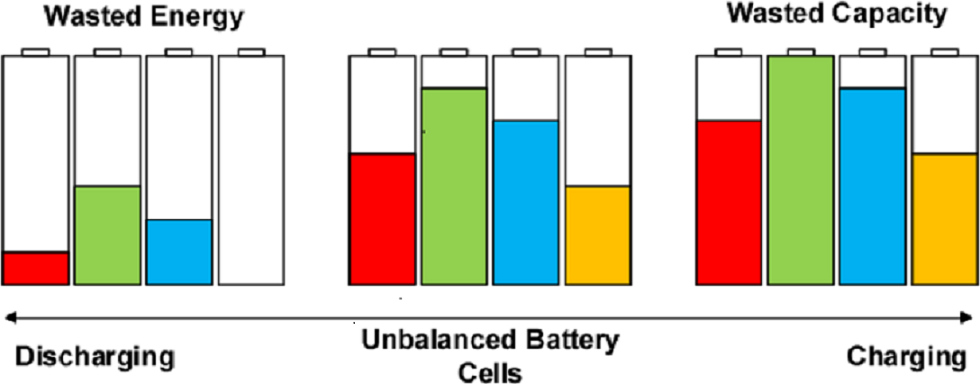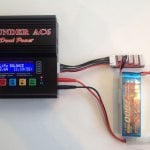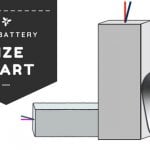Are you familiar with lipo batteries as an RC beginner? Do you have a general understanding of the lipo battery? Furthermore, do you know the RC battery cell balancing? When people get started with radio control models or gain their first Ready-To-Run RC vehicle, the first part you ought to know is likely to the power. No RC models can run without power.
In general, there are three types of power systems in RC models involving electric power, nitro power, and gas power. Among them, electricity is the most commonly used power in the world of R/C, so the lipo battery would be the protagonist in this article. If you’d like to learn more about lipo batteries, please check here: https://blog.ampow.com/what-kind-of-rc-hobby-batteries-can-we-choose/.
Nevertheless, there’s a lot of information on the Internet about lipo batteries but not much on battery balancing that confuses most newcomers. (Yeah, I must admit that I’m one of them at the very beginning.) The objective of this article is to help you understand the lipo battery cell balancing and know more about the related radio control stuff.
Balancing Li-polymer battery packs – What’s this?
As its name implies, the battery cell balancing is closely related to the voltage of each cell in a battery pack. Generally, the Li-polymer rechargeable battery has different packs and features various voltages that are also known as the S rating. For example, there is one cell pack that owns a nominal voltage of 3.7 volts as well as multi-cell packs such as a two-cell pack of 7.4 volts (aka 2S), a three-cell pack of 11.1 volts (aka 3S), and the most common four-cell pack of 14.8 volts (aka 4S), etc. As for the remote control vehicles, 2s is greatly suited to the 1/10 RC cars, and a 4-cell pack (or 2 packs of two-cell battery) is mostly used for the 1/8 radio control cars.
In reality, each cell would be better to maintain the full charged voltage value of 4.2 volts, which prevents the battery from overcharging. For this reason, the single-cell battery needn’t be concerned about the balancing in that the battery charger can be clearly aware of its condition and stop charging on time when it reaches up to 4.2 volts. Nevertheless, the multi-cell packs are more complex during charging because the charger cannot analyze the different cells’ state of charge at the same time. It results in the overcharging of some cells of smaller capacity while the higher capacity cell only half charges. The ability to balance aims to solve this problem.
From the picture, we can see that the white connector is the balance plug of the lipo battery and the other one is the main power plug.
Why balancing is so important in the lipo battery?
As we have mentioned above, battery balancing is used to solve the charging problem of the battery packs that have more than one cell. Moreover, the balancing assists the charge to keep within 0.02 volts (20 millivolts) of different cells in a battery pack, which perfectly avoids damage for the whole battery and the remote control machine.

In addition, during running your RC machine, you have to stop your vehicle when one or two cells in the battery pack run out of energy (though other cells still have power) if there is no efficient and compatible battery balancing. Otherwise, it will lead to over-discharging. Generally speaking, over-discharge will increase the internal pressure of the lipo battery, and the reversibility of the active materials of positive and negative will be damaged. Even though charging can only partially recover, the capacity will also have obvious attenuation. Therefore, without balancing, it’ll easily bring about the overcharge or over-discharge that would cause greater damage to the battery and affect the performance of your RC vehicle.
How to balance a Lipo battery pack?
As we know that an RC lipo battery at least has two connectors: one is the main power plug that owns red (it’s positive) and black (Yeah, the negative) wires, and the other one is the white balance connector. There’s one additional wire that is negative in the balance plugin comparison with the number of cells. For instance, from the photo below, the balance connector of the three-cell battery pack has 4 wires. Hence, the 14.8 volts battery would possess a 5-lead balance plug and the 18.5 volts battery owns the balance plug of 6 leads.
 pic credit: RC helicopter fun.com
pic credit: RC helicopter fun.com
Instead of a stand-alone balancer that’s often used after charging the battery by means of the main power plug, the computerized charger with built-in balance circuitry would be highly recommended to RC modelers. Different from the stand-alone charger, the lipo battery can be charged via the main power plug and the balance connector plug in the balance circuit simultaneously. It ensures the appropriate voltage of each cell in a pack, and changes the charge and balance rates according to the specific condition as well as enlarges the lifespan of the battery.
In conclusion, battery cell balancing is essential for the lipo rechargeable battery. As an RC newbie, it’s also necessary to actively learn more about RC power and its requirement of balancing. Hope this article can help you and if you have suggestions or problems, please let me know and leave your comment below.








